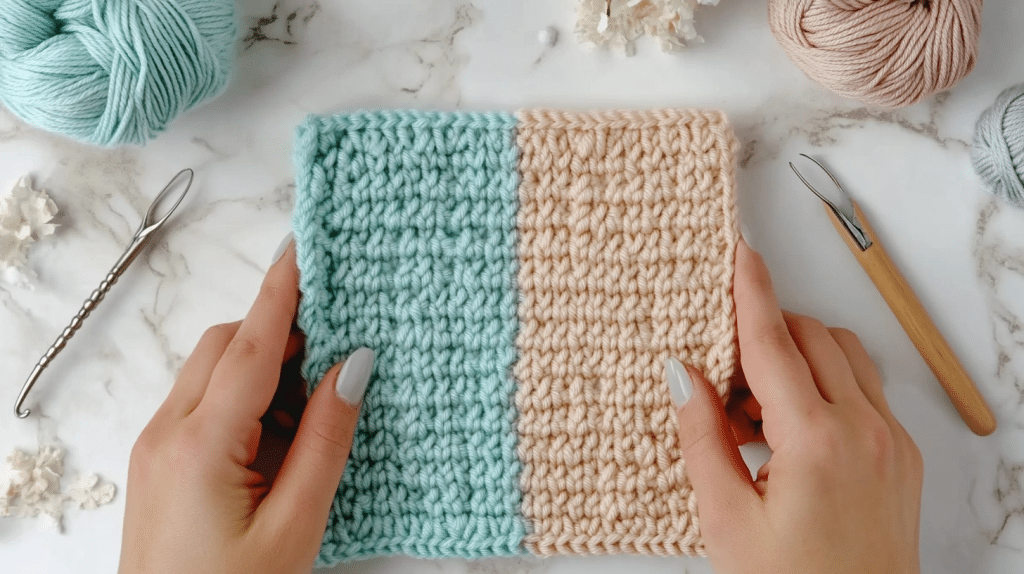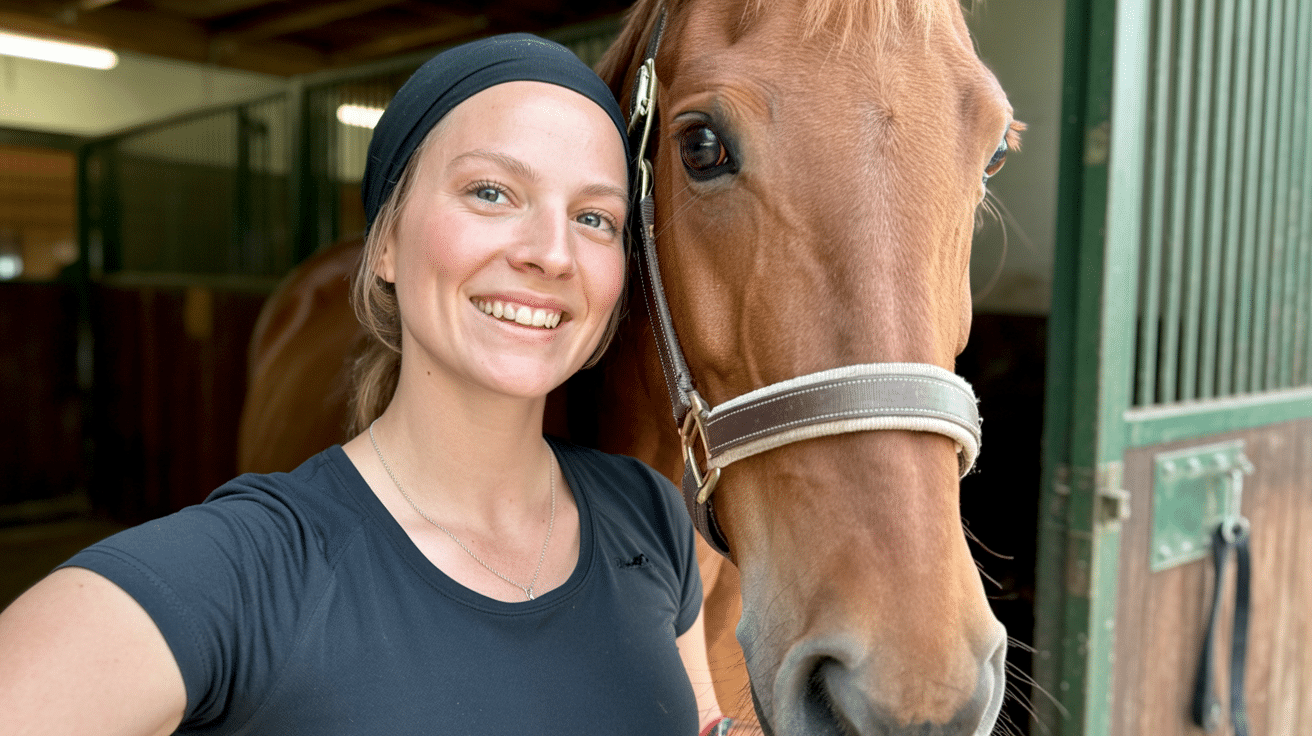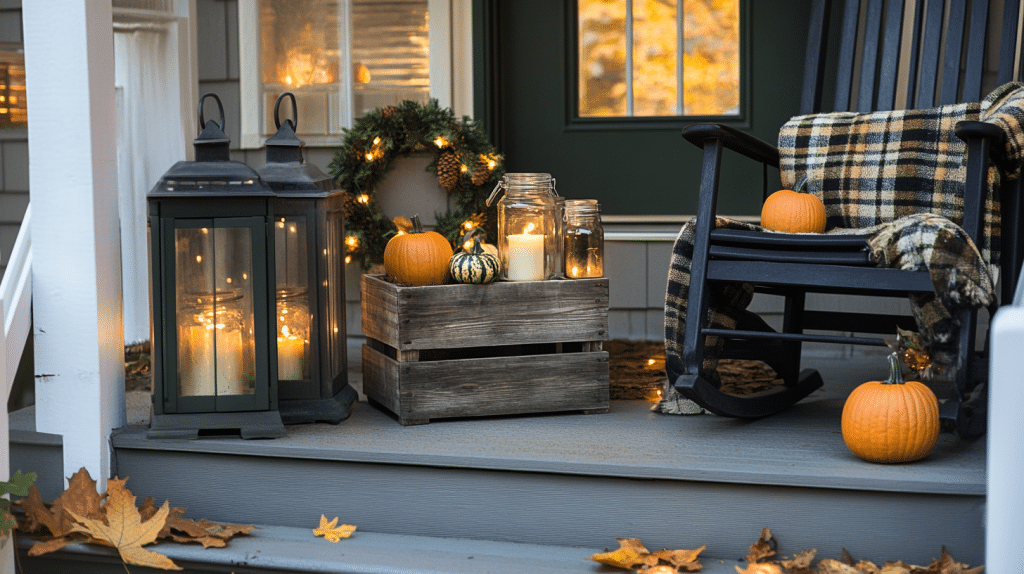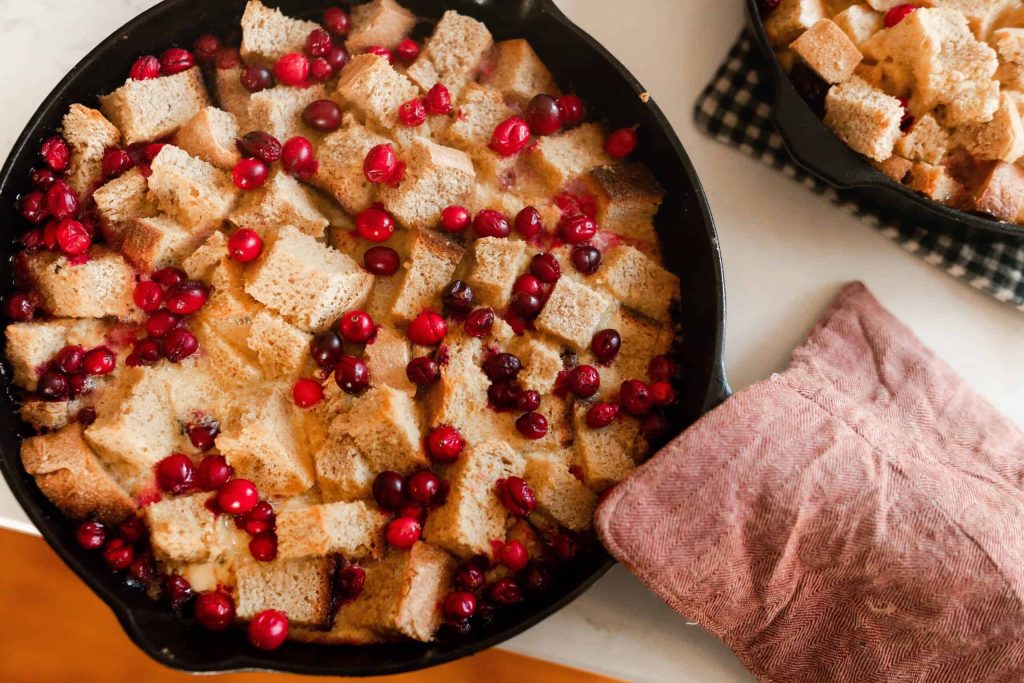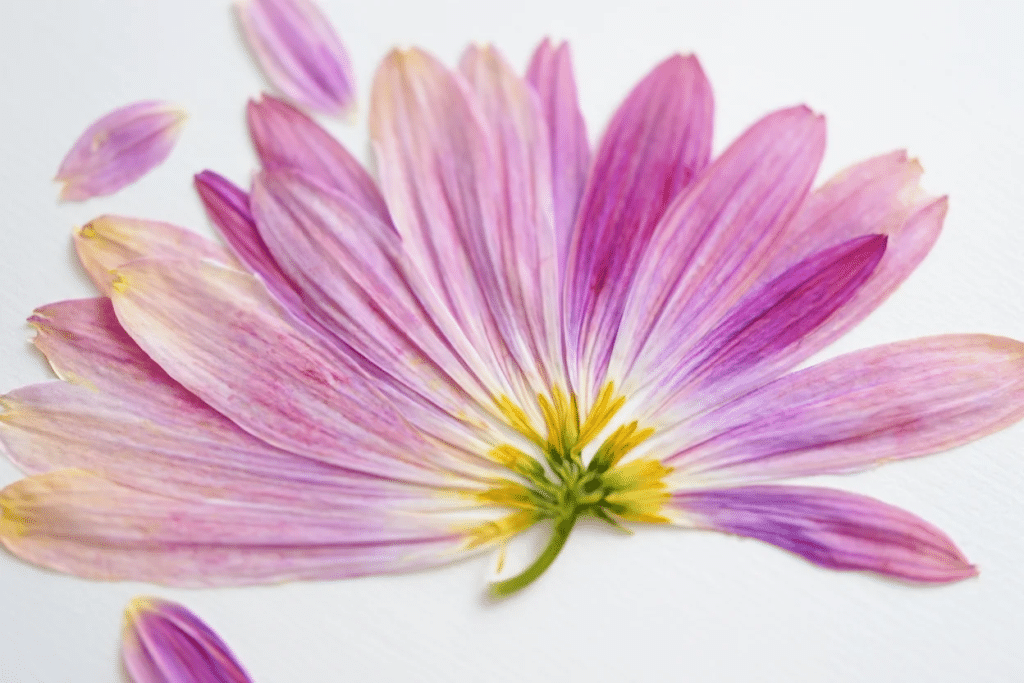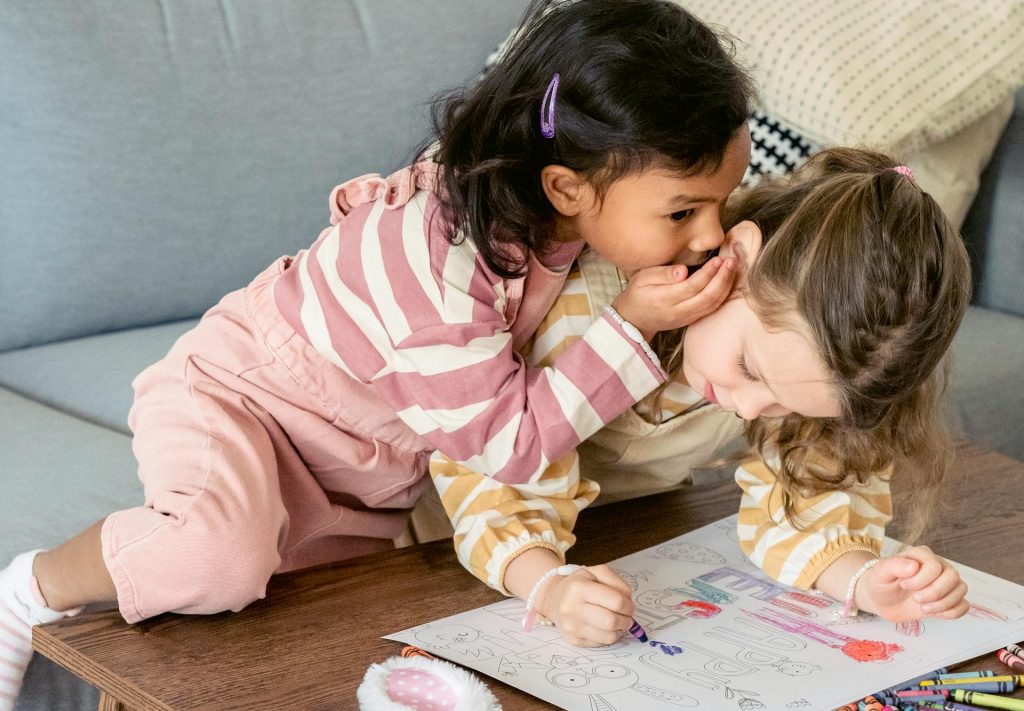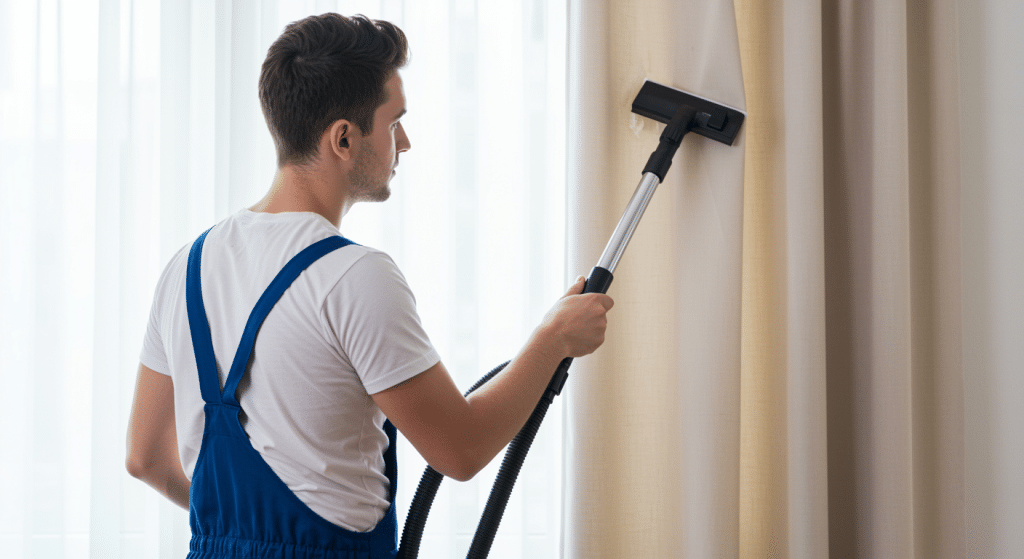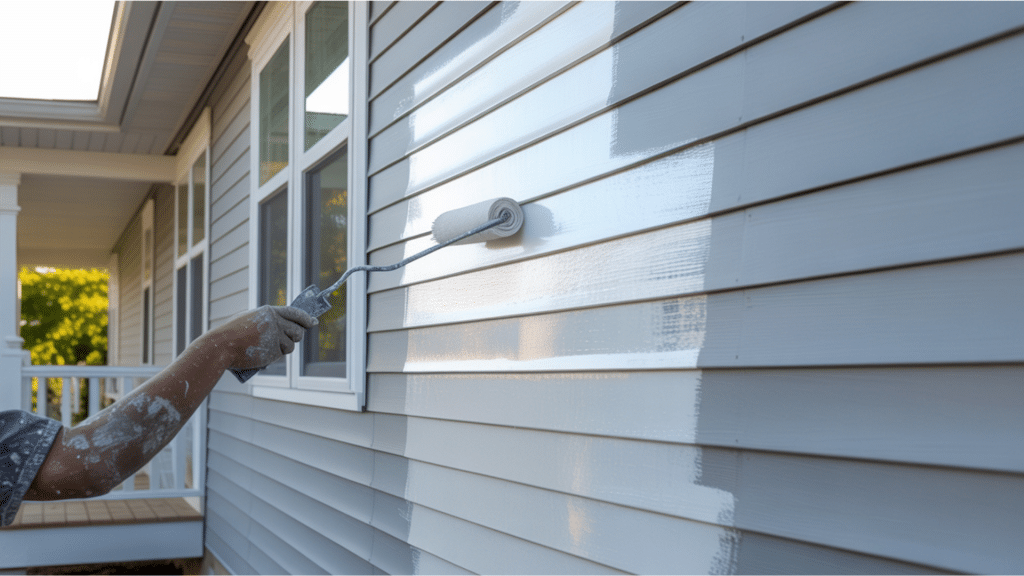Do you find that your yarn is tangling and your stitches are coming out uneven? Many crafters struggle with these common crochet problems. But don’t worry, you’re not alone.
What if you could turn those frustrating moments into smooth, satisfying crafting sessions? Good crochet tips can make all the difference between a project you rush to finish and one you enjoy making. When you learn the right techniques, your hobby becomes more fun and less work. Your fingers will move with confidence as you create beautiful items.
Ready to make your next project better than the last?
These crochet tips will help you fix mistakes more quickly and complete projects that you’ll be happy to show off to friends and family.
Starting Strong for A Solid Foundation while Crocheting
Every successful crochet project begins with a solid foundation.
Taking the time to master the basics or learn crochet tips isn’t just for beginners; the secret is behind neat stitches, straight edges, and projects you’ll be proud to show off.
When you understand the fundamentals, you set yourself up for fewer mistakes and easier progress as you tackle more complex patterns.
1. Learn the Basic Stitches First – Mastering chain, single crochet, and double crochet will make advanced techniques much easier later.
2. Choose the Right Tools – Using the correct hook size and a smooth, medium-weight yarn helps you see your stitches clearly and develop even tension.
3. Practice Consistent Tension – Maintaining steady yarn tension ensures your fabric appears uniform and fits as expected.
4. Don’t Rush the Foundation Row – The first row sets the tone for your entire project. Take it slow and count your stitches to avoid frustration later.
5. Read Patterns Carefully – Understanding pattern language and symbols early helps you avoid confusion and build confidence.
Focusing on these essentials will help you build lasting skills, making every future project smoother and more enjoyable. Start strong, and your crochet journey will be much more rewarding.
Mastering Crocheting with Crochet Tips
Working with crochet can create stunning results, but it’s not always as simple as it looks. I’ve made plenty of mistakes in my clay-pressing attempts, leaving me with brown petals and fuzzy outlines. The good thing about mistakes? They teach us what works and what doesn’t.
Let me share some common slip-ups, aside from crochet tips, that can occur when incorporating these botanical beauties into your clay projects.
1. Use Stitch Markers for Straight Edges
Stitch markers are a big help for keeping your crochet edges neat. Place one at the start or end of each row to easily spot where to insert your hook, preventing accidental increases or decreases and ensuring your projects stay even.
2. Try the Magic Ring (and Alternatives)
The magic ring is great for starting projects in the round, but it can be tricky. If you struggle, try the chain-2 method: make a slip knot, chain two, then crochet into the first chain. This gives circles a neat, closed center.
3. Always Make a Gauge Swatch
Gauge swatches help ensure your finished item matches the pattern’s size. Crochet a small sample, measure it, and compare it with the pattern’s gauge. Adjust your hook size if needed to get the right fit, especially for garments.
4. Control Your Yarn Tension
Consistent tension makes your stitches uniform and your work look good. Practice holding your yarn the same way every time, and take breaks to relax your hands if you notice your stitches getting too tight or loose.
5. Read Patterns Before Starting
Take time to read through the entire pattern before crocheting. This helps you understand the steps, spot any unfamiliar stitches, and gather all the materials you’ll need, making the process smoother and less stressful.
6. Learn to Fix Mistakes Without Fear
Don’t be afraid to undo your work if you spot an error. Gently pull back the yarn, rewind it, and start again- mistakes are part of learning and improving.
7. Use the Right Hook for the Yarn
Different yarn weights need different hook sizes. Using the recommended hook size on the yarn label helps create the right fabric density. Too small a hook makes stiff fabric; too large makes it floppy.
8. Practice Weaving in Ends Securely
Weaving in yarn tails is essential for a tidy finish. Use a yarn needle to thread the ends through several stitches in different directions. This prevents unraveling and keeps your projects looking polished.
9. Try Blocking for a Better Finish
Blocking shapes and evens out your finished crochet pieces. Pin your work to a foam mat, spray with water, and let it dry. This is especially helpful for lacy designs or projects that need to fit together.
10. Keep a Crochet Journal
Track your projects, yarn choices, hook sizes, and notes in a notebook. This makes it easy to repeat successful projects, remember adjustments, and stay organized as your skills grow.
11. Use Stitch Counters for Complex Patterns
A stitch counter helps you keep track of patterns with many repeats or rows. It’s especially useful for blankets or garments, where losing your place can mean hours of extra work.
12. Don’t Skip the Turning Chain
Turning chains set the height for your next row. Make sure you know whether the turning chain counts as a stitch in your pattern, as this affects where you place your first stitch and keeps edges straight.
13. Try Different Yarn Types
Test different yarn fibers-like cotton, acrylic, or wool-to see how they affect your stitches. Each type behaves differently, and trying them helps you find your favorites for different projects.
14. Learn to Read Your Crochet
Being able to identify stitches by sight helps you spot mistakes early and understand how patterns work. Practice counting stitches and rows by looking at your work, not just the pattern.
15. Store Projects in Zip Bags
Keep your current projects in clear zip bags with the yarn, hook, and pattern inside. This prevents tangling, keeps everything together, and makes it easy to take your crochet when you go out.
16. Try Different Hook Materials
Crochet hooks come in metal, plastic, bamboo, and more. Each feels different in your hand and works better with certain yarns. Test a few types to find what’s most comfortable for you.
17. Use Light-Colored Yarn for Learning
Light colors make it easier to see your stitches, which is especially helpful when you’re learning new techniques or working with detailed patterns.
18. Practice Consistent Stitch Height
Stitch height affects the look and size of your project. Focus on pulling your loops to the same height every time, especially with taller stitches like double or treble crochet.
19. Watch Video Tutorials for Visual Learning
If you’re stuck on a technique, search for video tutorials. Seeing the steps in action can make tricky stitches or patterns much easier to understand than reading instructions alone.
20. Keep Your Hands Relaxed
Tension in your hands leads to uneven stitches and discomfort. Stretch your fingers regularly and take breaks to avoid cramps, especially during long crochet sessions.
21. Try Reversible Patterns
Some patterns are designed to look great on both sides. These are perfect for scarves, blankets, and home décor, giving your projects a neat appearance no matter how they’re used.
22. Join Yarn Without Notice
When you run out of yarn, join a new ball by overlapping the ends and crocheting over them for a few stitches. This creates a smooth transition and avoids bulky knots in your work.
23. Enjoy the Process and Try New Things
Crochet is as much about creativity as it is about following patterns. Don’t be afraid to try new stitches, color combinations, or projects outside of what you usually do. Each attempt builds your skills and confidence.
The Must-Haves Crochet Supplies
Crocheting is a lot more enjoyable when you have the right tools at your fingertips. The essentials are simple and affordable, but a few extra supplies can make your projects smoother and your results neater.
It doesn’t matter if you’re starting or looking to upgrade your kit; here’s a handy table of must-have crochet supplies and what each one does.
| Tool/Supply | Purpose/Benefit |
|---|---|
| Crochet Hook | Used to pull yarn through loops and create stitches; comes in various sizes. |
| Yarn | The main material for your project; available in different weights and fibers. |
| Yarn Needle | Helps weave in ends and sew pieces together; also called a darning needle. |
| Scissors | For cutting yarn cleanly and trimming loose ends. |
| Stitch Markers | Mark important spots in your work, like row starts or pattern repeats. |
| Measuring Tape | Checks the size of your work and ensures your gauge is correct. |
| Row Counter | Keeps track of rows or pattern repeats, especially in complex projects. |
| Yarn Dispenser/Bowl | Prevents yarn from tangling and helps maintain smooth tension. |
| Project Bag | Stores your tools and projects, making it easy to crochet on the go. |
| Blocking Mats/Pins | Used to shape and set finished pieces for a polished look. |
The Most Common Crochet Mistakes (and how To Fix Them)
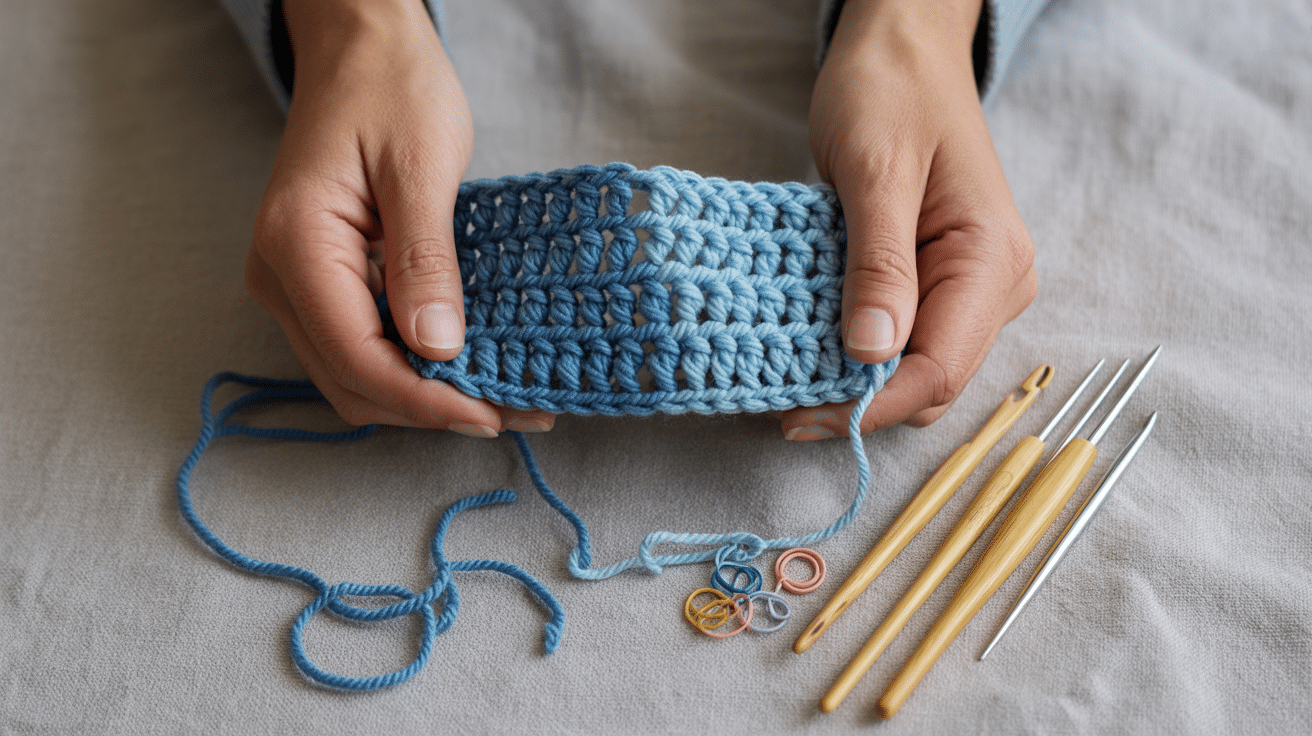
Even experienced crocheters make mistakes, but knowing the common pitfalls can save you hours of frustration and help you create beautiful, professional-looking projects.
Here are the most frequent crochet mistakes and practical solutions to fix them.
Incorrect Tension
Inconsistent tension leads to uneven stitches and misshapen projects. Before starting your main project, practice maintaining steady pressure on your yarn by creating swatches.
Find a comfortable grip that works for you, and take breaks to prevent hand fatigue.
Using the Wrong Hook Size
A hook that’s too small creates stiff fabric, while one too large makes loose, floppy stitches.
Always check the recommended hook size on your pattern or yarn label. For chains specifically, try using a hook one size larger to prevent overly tight foundation rows.
Miscounting Stitches
Losing track of stitches leads to uneven edges or accidental increases and decreases. Use stitch markers to mark the beginning of rounds or important sections. Count your stitches regularly, as it is easier to fix mistakes early than to frog an entire project.
Ignoring Gauge
Skipping the gauge swatch often results in finished pieces that are the wrong size.
This is especially important for wearables. Make a test swatch using your pattern’s recommended hook and yarn, then measure to ensure your tension matches the pattern requirements.
Incorrect First Stitch Placement
Putting your first stitch in the wrong spot causes your project to grow or shrink. For single crochet, place your first stitch in the first stitch of the previous row.
For other basic stitches, remember that the turning chain counts as the first stitch.
Winding It Up
These crochet tips can help you avoid common mistakes and improve your projects. From using stitch markers to trying different yarns, each suggestion builds on your skills.
What will your next crochet project be? Maybe you’ll start with something small to practice these crochet tips, or perhaps you’re ready to tackle that pineapple pattern you’ve been eyeing.
The difference between beginners and experts is how they handle those slip-ups.
I’d love to hear which crochet tips helped you most! Please share your experiences or questions in the comments below.


